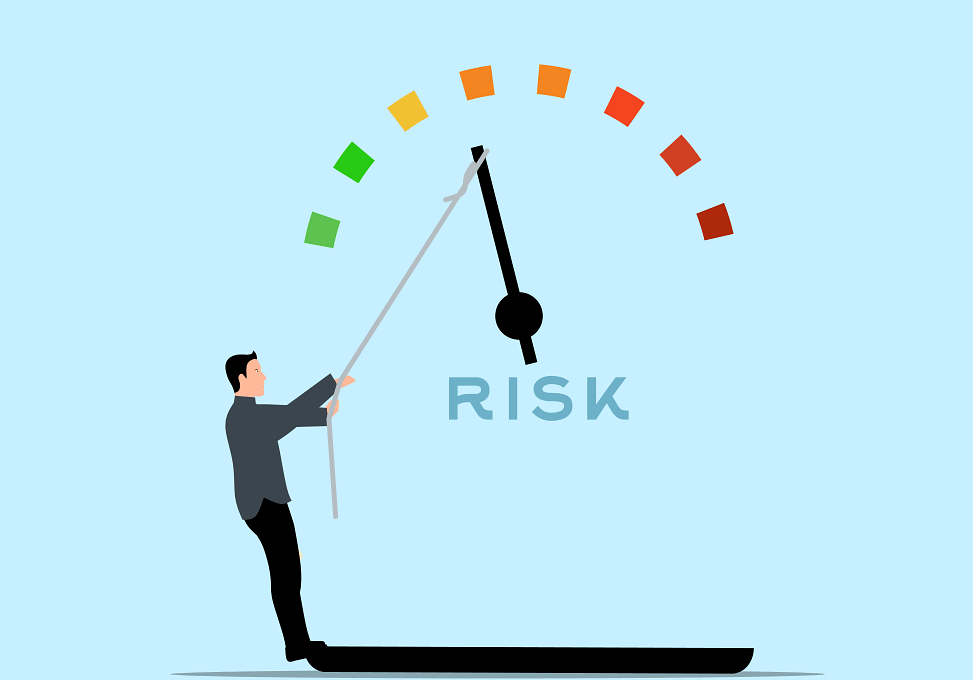Risk Management in Supply Chain Contracts: Legal Best Practices
Effective risk management in supply chain contracts is a crucial factor in modern business strategy. It minimizes potential legal liabilities and ensures smooth operations through proactive risk identification and mitigation. Businesses should first assess potential risks associated with their supply chains. Common risks include supply disruptions, price volatility, and compliance issues. By thoroughly understanding these risks, organizations can develop legal agreements that address specific concerns, incorporating clauses that protect their interests. For instance, ensuring contractual clauses for force majeure can protect parties from unforeseeable events that disrupt supply chains. Additionally, businesses must actively remain compliant with local, national, and international regulations impacting supply chain activities. This includes environmental laws, labor laws, and product safety standards. Involving legal experts during the drafting stage can enhance contract effectiveness and enforceability. Stakeholders should also engage in regular training sessions to stay current with evolving legal standards and best practices. Lastly, fostering collaborative relationships with suppliers facilitates open communication, leading to transparency and ultimately strengthening risk management strategies across the supply chain.
Key Elements of Supply Chain Risk Management
When addressing risk management in supply chain contracts, certain key elements should be considered to ensure comprehensive coverage. One essential element is the clear definition of each party’s responsibilities. Contractual agreements should delineate rights and obligations to prevent misunderstandings and ensure accountability. Unexpected supply chain disruptions often arise due to unclear roles or expectations, leading to disputes. Secondly, incorporating performance metrics is vital in evaluating supplier capabilities. Contracts should include specific key performance indicators (KPIs) to measure compliance and performance levels effectively. By using KPIs, businesses can monitor supplier activities and take corrective action when necessary. Another significant aspect is the inclusion of dispute resolution mechanisms. Having a predefined process for resolving conflicts can save time and minimize disruptions. It can range from negotiation and mediation to arbitration. Furthermore, businesses should also consider including insurance requirements in contracts to protect against potential financial losses stemming from supply chain disruptions. Identifying and managing risks proactively ensures that all parties are aware of potential considerations and are prepared with solutions.
In addition to the key elements previously discussed, evaluating the supplier’s financial stability is imperative for effective risk management. A financially unstable supplier can jeopardize the entire supply chain, leading to significant disruptions. Therefore, businesses should conduct thorough due diligence on prospective suppliers to analyze their financial health. This can include reviewing credit ratings, financial statements, and historical performance in fulfilling contracts. Additionally, organizations should remain vigilant about the geopolitical landscape affecting their supply chains. Changes in trade policies, political instability, or economic sanctions can all impact supply chain efficiency. Therefore, risk assessments need to include analyses of these external factors. Digital tools can aid in monitoring these changes swiftly, allowing businesses to adapt their strategies accordingly. Moreover, building flexibility into supply contracts aids companies in swiftly responding to changing circumstances. This could involve developing multi-supplier strategies to reduce dependency on any single supplier. Finally, continuous improvement processes should be integrated into the risk management practice. Regularly reviewing and updating terms and conditions helps to align them with current market and legal conditions.
The Role of Technology in Risk Mitigation
Technology plays an increasingly significant role in enhancing risk management capabilities within supply chain contracts. Advanced data analytics allow businesses to gain insights into supply chain performance and identify potential risks. Machine learning algorithms can predict disruptions based on historical data and identify patterns that might require immediate attention. Additionally, blockchain technology enhances transparency and traceability in supply chains. With blockchain, all parties have access to the same immutable records, which reduces fraud risk and enhances trust. Furthermore, employing contract management software can streamline the drafting and review process, ensuring compliance and reducing legal expenditure. Such tools facilitate easier tracking of contract performance and adherence to obligations, increasing overall contract efficiency. Automated alerts can also notify stakeholders of critical events that necessitate immediate action, such as missed deadlines or performance failures. The integration of IoT (Internet of Things) devices within supply chains can also contribute effectively to risk management. Real-time data from these devices can monitor conditions, enabling businesses to respond proactively to issues such as temperature violations or supply delays.
Additionally, organizations must recognize the importance of establishing a robust risk culture within their teams. A proactive risk culture encourages employees to engage in identifying and communicating potential risks without fear of repercussions. Regular training sessions should be implemented to educate employees about risk management principles and the importance of adherence to contractual terms. This cultural shift fosters accountability while empowering employees to take ownership of the risk management process. Moreover, organizations should aim to establish multi-disciplinary teams that can assess risks from various perspectives, combining expertise from different functions such as finance, procurement, and legal. The diversity in thoughts and opinions enables comprehensive risk assessment, leading to more strategic decision-making. Laying out clear guidelines for escalation processes ensures timely responses to identified risks, enabling organizations to mitigate impacts quickly. Additionally, businesses can establish risk management committees which bring together key stakeholders to review potential risks and develop contingency plans. Such collaboration ensures everyone is aligned with the objectives while minimizing threats. As a result, implementing a risk-aware culture significantly enhances the effectiveness of supply chain risk management.
Final Considerations for Effective Risk Management
To conclude, implementing effective risk management practices in supply chain contracts is essential for modern businesses aiming to mitigate legal exposures and optimize operations. Regular evaluations of contracts according to changing market conditions, regulations, and best practices ensure that organizations remain compliant and secured. As the supply chain landscape is constantly evolving, continuous learning and adaptation are vital. Teams should be encouraged to stay updated with industry trends and technological advancements that can improve risk management processes. Furthermore, collaboration with suppliers should be viewed as an ongoing relationship, fostering trust and encouraging flexible arrangements that can adapt to the ever-changing business environment. Engaging in open dialogues regarding potential risks with suppliers can create a sense of shared responsibility, solidifying partnerships. Development of exit strategies within contracts ensures that organizations are prepared for unfavorable circumstances without law-related headaches. Ultimately, businesses that proactively manage risks in their supply chain contracts will be more resilient and better positioned for long-term success. Thus, committing to structured risk management approaches lays the foundation for enhanced operational efficiency and legal compliance.
By focusing on proactive measures, organizations can navigate the complexities of supply chain risk management with confidence. Engaging stakeholders in a collaborative environment leads to innovative solutions to mitigate risk and enhance operational resilience. Contract negotiations should reflect these principles, incorporating best practices that align risk management strategies with business goals. The integration of robust risk assessment methods, technology, and effective communication channels forms the backbone of successful supply chain risk strategies. Ultimately, companies that prioritize risk management will stand out in a competitive marketplace, exhibiting adaptability, reliability, and customer trust. In a world where disruptions are increasingly common, businesses must be prepared to tackle threats head-on while utilizing structured frameworks to protect their interests. By embedding a proactive risk management culture throughout their operations, organizations can navigate challenges effectively, ensuring the sustainability of their supply chains. Committing resources towards continuous improvement leads to greater operational agility. As such, sound risk management practices become a crucial asset in achieving operational excellence and fostering successful business relationships that endure.


